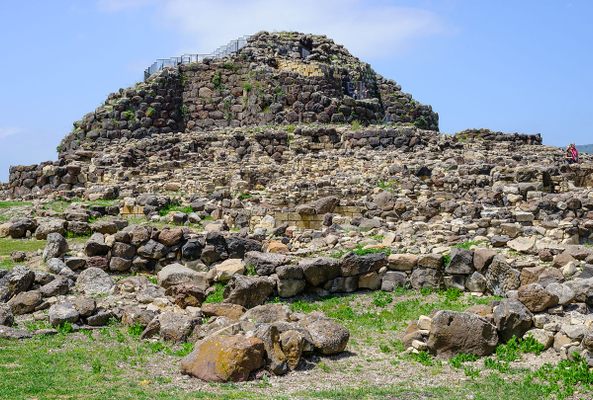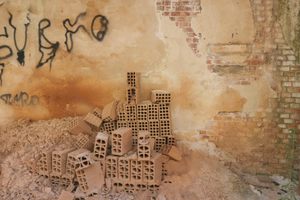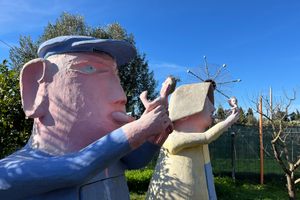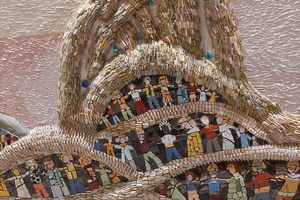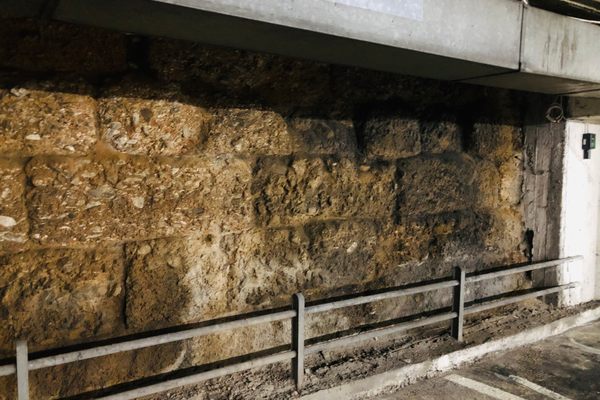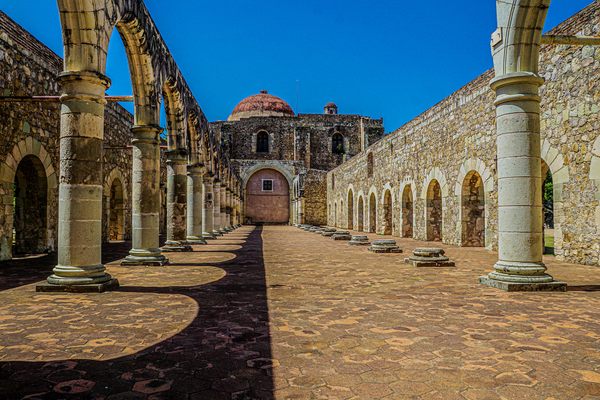About
Sardinia was once populated with thousands of stone towers and mound complexes known as "nuraghi," a form of prehistoric construction that is found nowhere else in the world, and of the remaining examples of this unique form of architecture, Su Nuraxi di Barumini gives us our best glimpse of the possible meaning behind these mysterious structures.
Originating during the Bronze Age around the 17th century BCE, the complex gathering of stone ruins seem to have served a number of uses in their initial construction, although no one answer has been definitively proven. The site consists of a central stone tower that is the oldest portion of the ruins and the largest. The tower holds three stacked chambers and seems to have been surrounded by a system of walls that were built later as well as a quartet of towers that did not survive to the present day. The tower is believed to have most likely been a fortress of some kind given the walls and tall construction, although there is also evidence that it protected some sort of religious purpose, or possibly even acted as some sort of redoubt.
Surrounding this central construction are the remains of around 50 smaller huts, built in a circular pattern that believed to have belonged to the specific tribes or even individuals who may have had business, or led their lives around the central tower.
Like much of ancient Sardinian history, the precise use of the nuraghi is uncertain. However prehistoric construction of the kind found scattered around Sardinia, and especially at Su Nuraxi di Barumini, has never been seen anywhere else on the planet, making the mysterious remains all the more important.
Related Tags
Know Before You Go
By Car
From Cagliari: Take SS131 towards Oristano-Sassari
From Oristano: Take SS131 towards Cagliari
Flavors of Italy: Roman Carbonara, Florentine Steak & Venetian Cocktails
Savor local cuisine across Rome, Florence & Venice.
Book NowPublished
July 27, 2013
